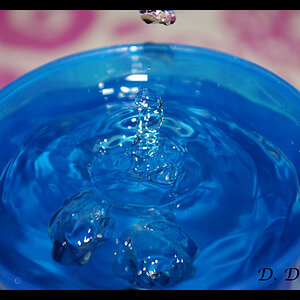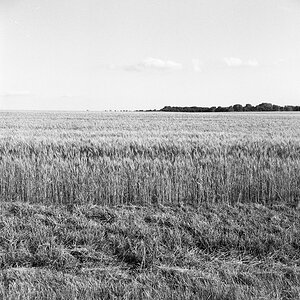CThomas817
TPF Noob!
- Joined
- Aug 28, 2017
- Messages
- 143
- Reaction score
- 8
- Can others edit my Photos
- Photos OK to edit
I went in to my local camera store to purchase the Nikkor 85mm f/1.4 AF-S. I have been renting this lens for a while and I am so impressed by it's quality, sharpness and consistency that I was pretty dead set on it despite the hefty price tag. However, it was suggested that I consider investing in the Tamron 85mm f/1.8 or the Sigma 85mm f/1.4 before taking the plunge for the Nikon.
I know that only the Sigma has image stabilization but I would prefer an overall sharper lens to this feature. I realize that the Tamron is only a 1.8, but at less than half the price, how much flexibility am I sacrificing by losing a stop (portraits)?
Any helpful feedback would be appreciated. I would rather make the best investment over saving money on the initial purchase.
I know that only the Sigma has image stabilization but I would prefer an overall sharper lens to this feature. I realize that the Tamron is only a 1.8, but at less than half the price, how much flexibility am I sacrificing by losing a stop (portraits)?
Any helpful feedback would be appreciated. I would rather make the best investment over saving money on the initial purchase.




![[No title]](/data/xfmg/thumbnail/37/37602-1ef8dbb1c2d0e4ff347ee65d328c3603.jpg?1619738147)

